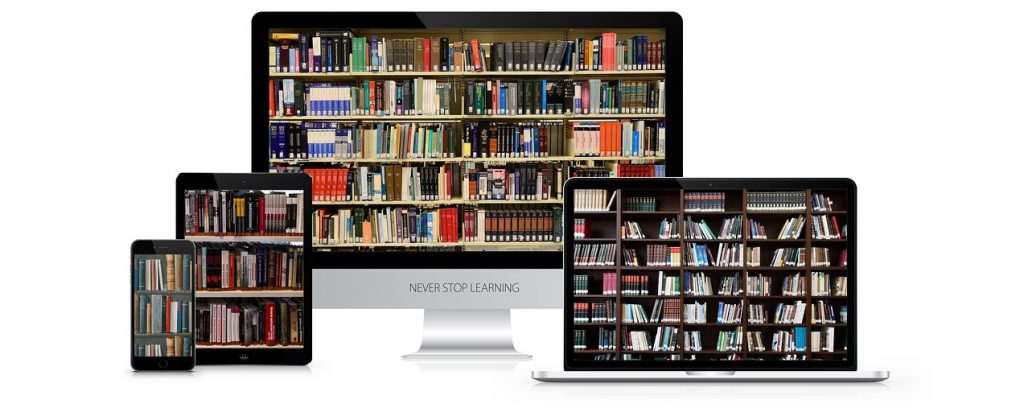
DRM for universities is a big topic of conversation in today's "online only" environment. Are you a university professor who uses your own materials for instruction or a university library trying to support students who have been sent home to finish their semesters? Whether it's the course textbook, an exam, or ongoing lecture materials, now that everyone has shifted to online learning, how do you control who has access to the material and how do you prevent it from being copied or used outside of your control? The answer is digital rights management, or DRM.
Benefits of Teaching Online
There are many benefits of teaching online. You may already be experienced teaching college classes online. You may have been forced into it by recent circumstances. There is a certain level of flexibility that comes from teaching online. There is also the advantage of being able to have students who live all over the world - you aren't restricted to just a single group of students on your ow campus.
How DRM Helps Professors
Control Access to Your Textbooks. If you've written the textbook for your class to use, having the ability to control who has to it and restrict access to purchasers can prevent loss of income.
Control Access to Your Exams. The last thing you want is to deliver an exam and have students share it from one section to another of your course. You can use DRM to control access to documents like exams and worksheets to protect your intellectual property and protect the integrity of your course.
How DRM Helps Universities
University libraries. University libraries offer extensive collections of academic research to their students. DRM can help the library control access to content based on length of checkout time, student status, and more.
Inter-university Collaboration. DRM allows universities to collaborate on research and professors to share course materials while still protecting their rights to those materials and prevent them from being changed or manipulated by others.
An excellent resource for understanding the full benefits of DRM in the realm of higher education was put together by Oasis.org and is available as a downloadable PDF.
HOW DIGITAL RIGHTS MANAGEMENT WORKS
Digital rights management protects authors, teachers, businesses, and institutions from the loss of intellectual property by prohibiting copying, or by limiting the time or number of devices on which a content can be accessed.
DRM allows you to:
- Prevent users from editing, saving, printing, sharing, or forwarding content or allows these with limitations you set.
- Sets an expiration date at which time access to the content is removed.
- Locks access to a specific device.
- Watermark documents to establish ownership.
- Provides the author access to information about who accessed the content.
Here at EditionGuard, we are doing our part to support teachers and professors, schools and higher learning institutions, many of whom are delivering education online for the first time. We provide a wide array of digital rights management (DRM) services to protect intellectual property and to facilitate the sharing and dissemination of materials online. In addition to our 30-day free trial, we also offer a 25% discount to teachers, schools, and non-profits who employ our DRM.
We are here to support you and appreciate the vast effort required to move to an online platform. Feel free to get in touch if you have questions.



